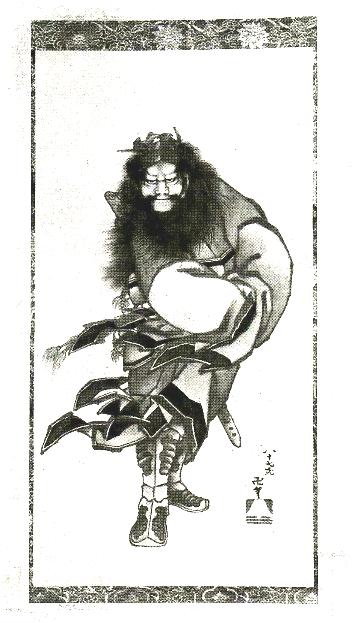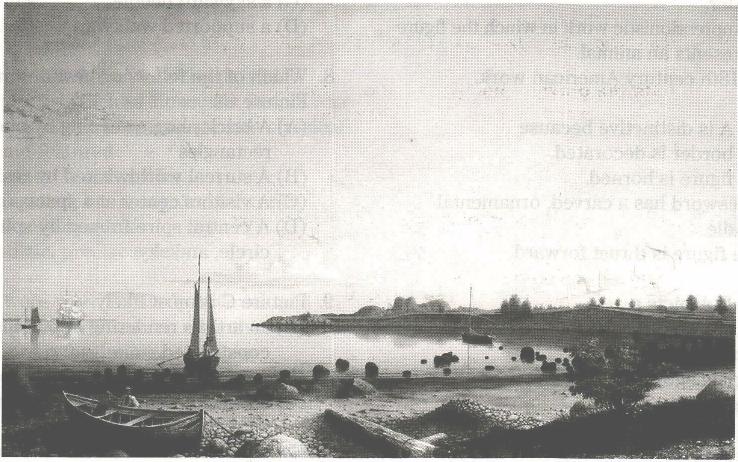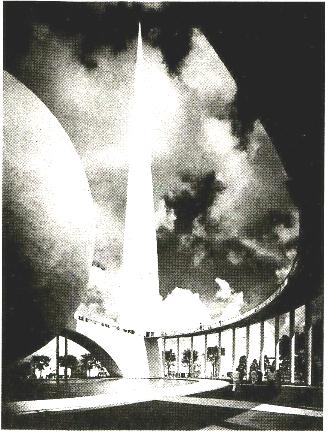
- •Class 4.
- •In groups of two or three discuss the following points and report back to the class on your major conclusions.
- •Vocabulary enrichment
- •I. Biology Review
- •Vocabulary practice
- •Vocabulary enrichment
- •II. Geosciences Review
- •Vocabulary practice
- •Vocabulary enrichment
- •Guided self-work of students
- •III. Physical Sciences Review
- •Vocabulary practice
- •Science practice items
- •Guided self-work of students
- •In groups of two or three discuss the following points and report back to the class on your major conclusions.
- •Vocabulary enrichment
- •I. Mathematics Test Strategies
- •II. Mathematics Review
- •Integers
- •Vocabulary practice
- •Mathematics practice items
- •Guided self-work of students
- •In groups of two or three discuss the following points and report back to the class on your major conclusions.
- •Visual and performing arts
- •Vocabulary enrichment
- •Visual and Performing Arts Terms Review
- •I. Visual Arts Review
- •II. Performing Arts Review
- •Vocabulary practice
- •Visual and performing arts practice items
- •Visual and performing arts practice items
Visual and performing arts practice items
These items will help you practice for the real LAST. They have the same form and test the same material as the LAST items. The items you encounter on the real LAST may have a different emphasis and may be more complete. See APPENDIX G.
APPENDIX G
Visual and performing arts practice items

A
The Metropolitan Museum of Art, Gift of Mrs. Charles Stewart Smith, Charles Stewart Smith Jr. and Howard Casell Smith, n memory of Charles Stewart Smith, 1914. (14.76.37)

B
The Metropolitan Museum of Art, Rogers & Fletcher Funds, Erving & Joyce Wolf Fund, Raymond J. Horowitz Gift, Bequest of Richard De Wolfe Brixey, by Exchange, & John Osgood & Elizabeth Amis Cameron
Blanchard Memorial Fund, 1978. (1978.203)

C
The Metropolitan Museum of Art, Gift of Mr. and Mrs. Joseph G. Blum, 1970. (1970.527.1)
1. Picture A could be best described as
(A) an abstract work whose primary meaning is the work itself.
(B) a central figure surrounded by rectangular border.
(C) an impressionistic work in which the figure represents an animal.
(D) an 18th century American work.
2. Which of the following best describes Picture B?
(A) A scene with people talking.
(B) A scene with children playing.
(C) A commercial scene.
(D) A scene dominated by the sky.
3. Which of the following best describes Picture C?
(A) A brick plaza sweeping by open latticed rectangles.
(B) A surreal world visited by real people.
(C) A visitor’s center at a spaceport .
(D) A central spire framed by sphere, semicircle, and sky.
4. The impressionist art movement, which included artists such as Monet and Renoir, was founded as a reaction against more classical styles and featured
(A) abstract, linear works.
(B) undetailed, but recognizable works.
(C) blue and rose hues.
(D) realistic, precise works.
5. Masks were worn regularly in Greek and Roman plays. A character wore the mask from the very beginning of the play
(A) to conceal the actor's identity.
(B) until the very last act, when it was removed.
(C) enabling the actor to show a range of emotions.
(D) removing any doubt about the characters eventual fate.
6. Which of the following is the name for the process of applying watercolors to a freshly plastered surface?
(A) Fresco.
(B) Watercolor.
(C) Mosaic.
(D) Mural.
7. When a mason refers to a course, he or she usually means
(A) time spent as an apprentice.
(B) a row of bricks.
(C) a layer of plaster.
(D) a stretch of lawn.
8. Which picture shows multiple events?
(A) А.
(B) В.
(С) С.


